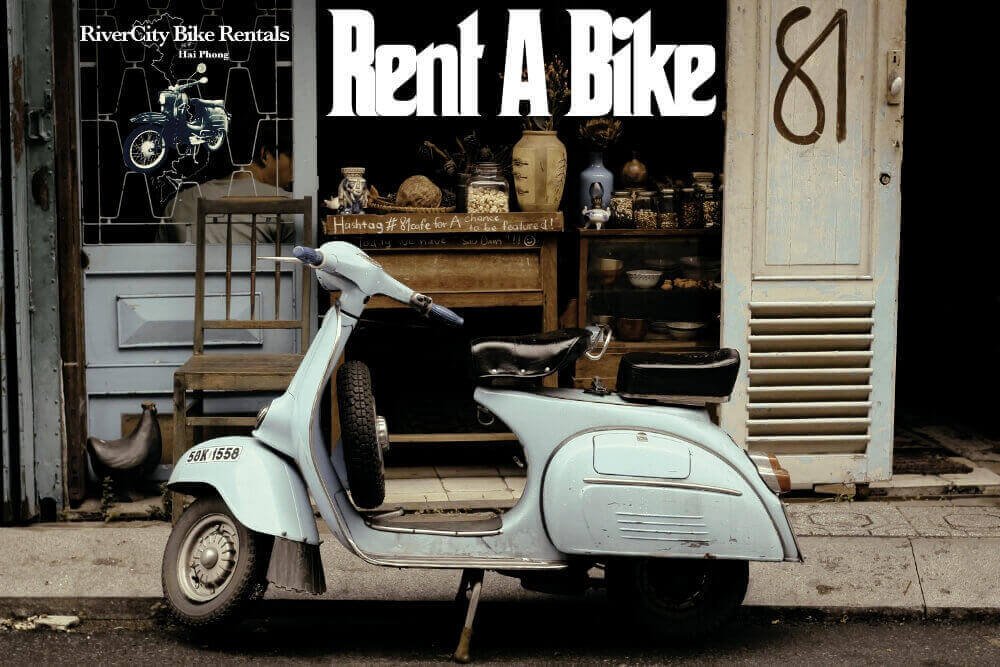To cross a street in Vietnam one has to know how to swimm. The constant flow of the traffic river makes it to cross a road in Vietnam a special experience. How to cross the streets in Vietnam - this is your guide.
You just landed in Vietnam, checked into the hotel and now you want to explore the city. After strolling around for some time you see the nice little coffee shop on the other side of the road. What better way to start your holiday then with a delicious Vietnamese coffee. You look where to cross the street and then... you are stuck. Welcome to Vietnam.
Let the traffic flow.
Traffic in Vietnam's main cities is stressful. Scooters, Motorbikes, undefined vehicles, cars, buses and trucks move along the streets in endless supply. The traffic law permits pedestrians to cross roads at Zebra crossings, traffic lights and when it is deemed to be safe to cross. But in reality the traffic never stops.
Vũ Minh Hiểu, Đoàn Văn Phước, Đào Quang Thắng, Vũ Hữu Hợp, Lương Quang Đức

You'll have to "swim" through the traffic river to cross a street in Vietnam
It can feel annoying and even threatening but the use of the claxon is simply to signal the presence of a driver to others. If you are going to overtake another vehicle press the horn so they know you are close. As vehicles just drive onto the main road coming from a side road they use the horn for the same reason as well as in situations where visibility is limited like in tight corners. So take it easy, the horn is not used to provoke you.
The use of the claxon is to signal the presence of the driver to others.
Be aware that there is no right of way in Vietnamese traffic, well apart from the hierarchy. Cars and bikes coming from side lanes or garages or parking spots will just hit the street. The same is true in roundabouts. Most of the times vehicles entering the roundabout will cut off the traffic moving inside. The flow of traffic inside the roundabout is non logical which means at any time a bike from the inside can cut suddenly to the outside to exit the roundabout and vice versa! Again, be alert all the time.
The main road rule is specified by the hierarchy. The simple rule is the bigger vehicle is boss. That means if you drive a motorbike you have to give way to cars, buses and trucks of any kind. Bicycles have to give way to motorbikes and pedestrians are the lowest ranking participants in Vietnamese traffic.
The law indicates that the drivers must signal if they are going to change direction or are to stop. Don't count on it, instead go with the flow and speed of the surrounding traffic. The average speed is around 20 to 40 km per hour depending on the situation. That should give you sufficient time to react to any incursion that may occur.
Stories that stay with you
Don't miss out on amazing stories.
Even though you'll see many drivers without a helmet you should always wear one. The use of a helmet is mandatory by law and needless to say you'll get fined when stopped without a helmet. For your safety you shouldn't settle for a cheap version. Get yourself a propper helmet!
By watching the traffic you may think a bike is a family vehicle because you see entire families riding together on a bike but no, this isn't allowed. If stopped by police and carrying more than maximum of two persons per bike you will have to open your wallet and pay a fine.
More Stories
"Traffic laws and road rules - driving in Vietnam and how to survive the Vietnamese traffic." Read it here...
For other interesting stories check out our BLOG here...

Stories that stay with you
Don't miss out on amazing stories.
-
RiverCity Bike Rentals
- 23/32 Tổ 2 Xóm Trung, Phương Đằng Giang, Ngô Quyền
- 180000 Hải Phòng - Vietnam
- +84 (0) 90 219 71 60 (WhatsApp & Zalo)
- info@rivercitybikerentals.com
Copyright © 2020 - All Rights Reserved - RiverCity Bike Rentals
